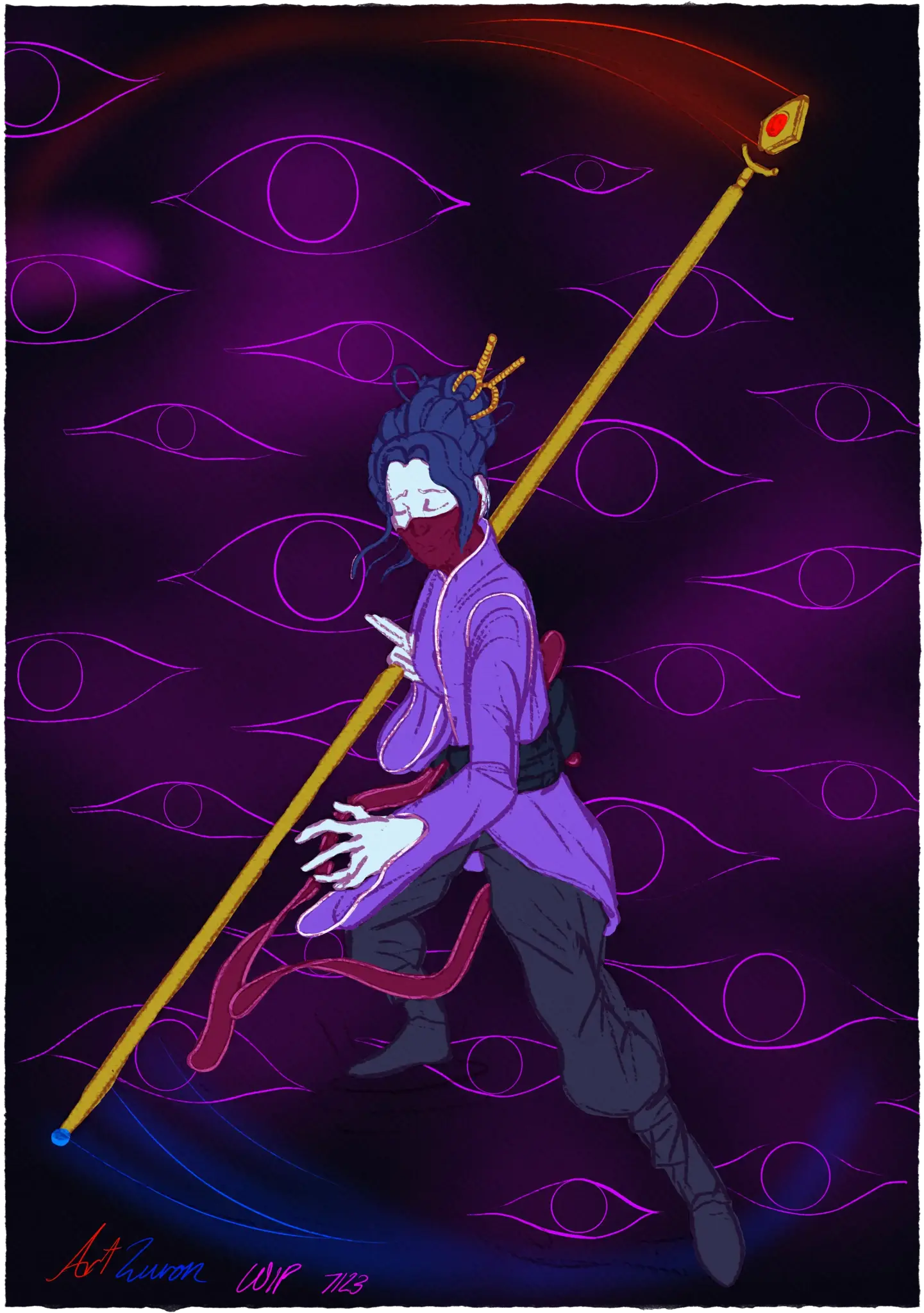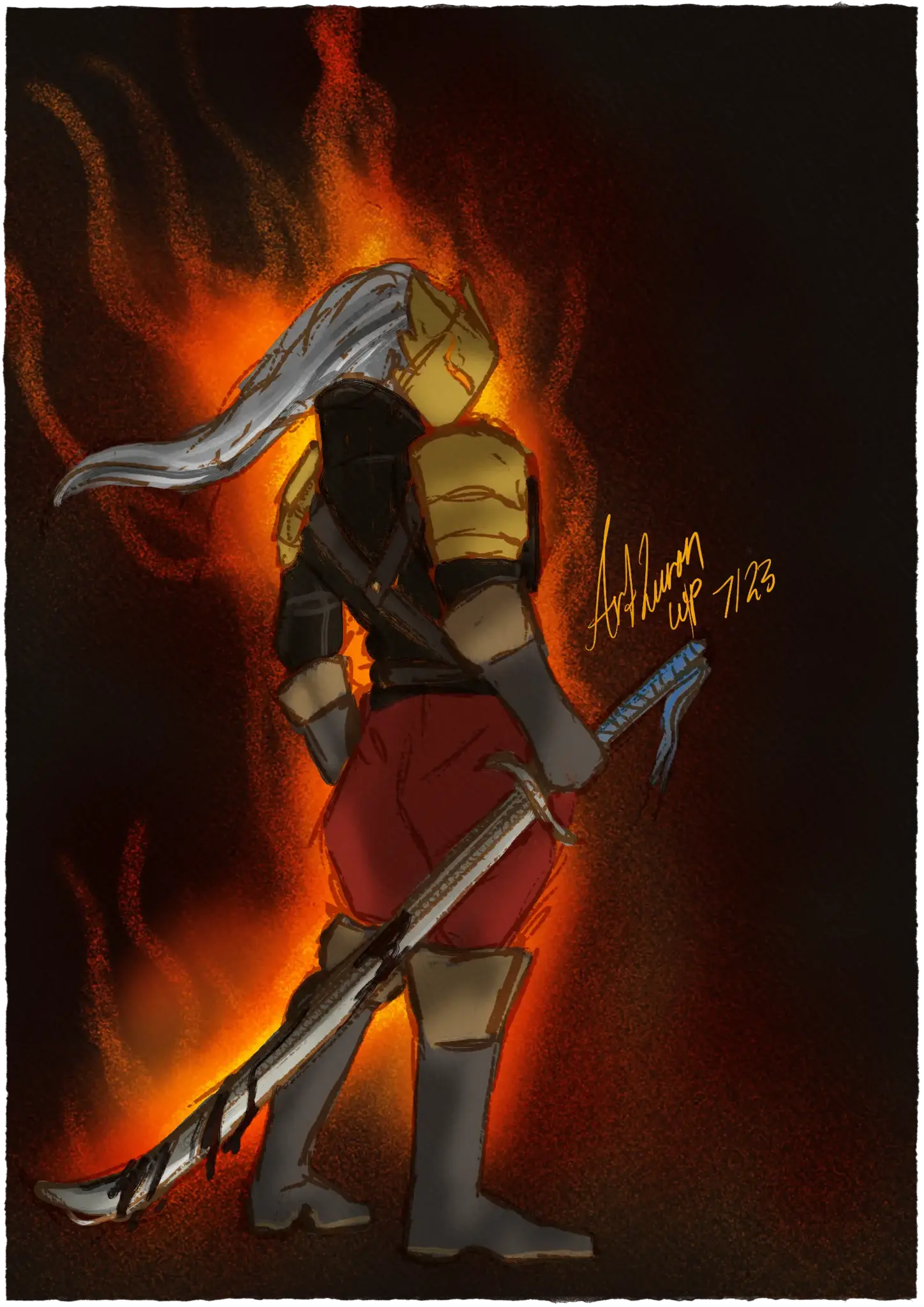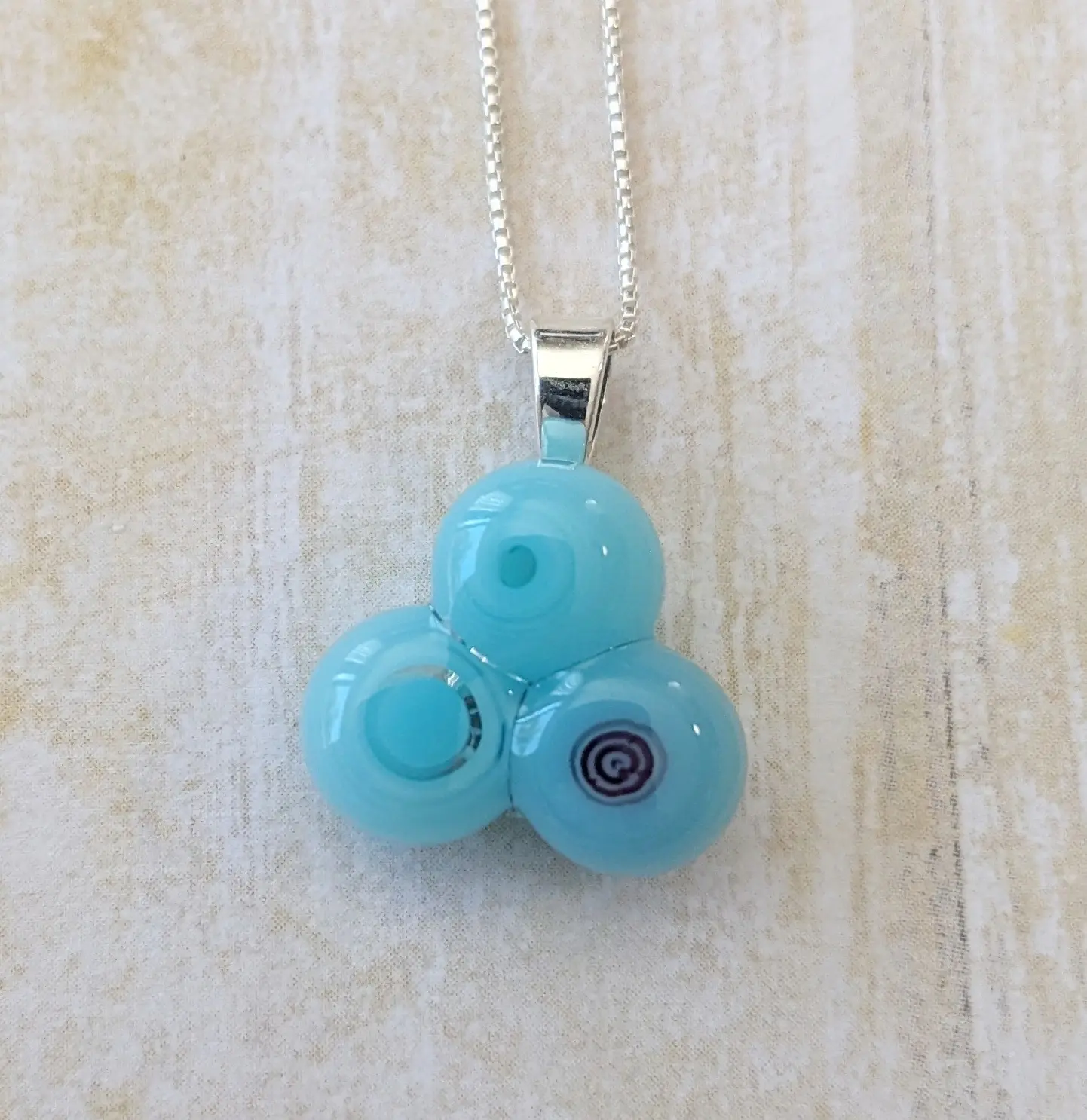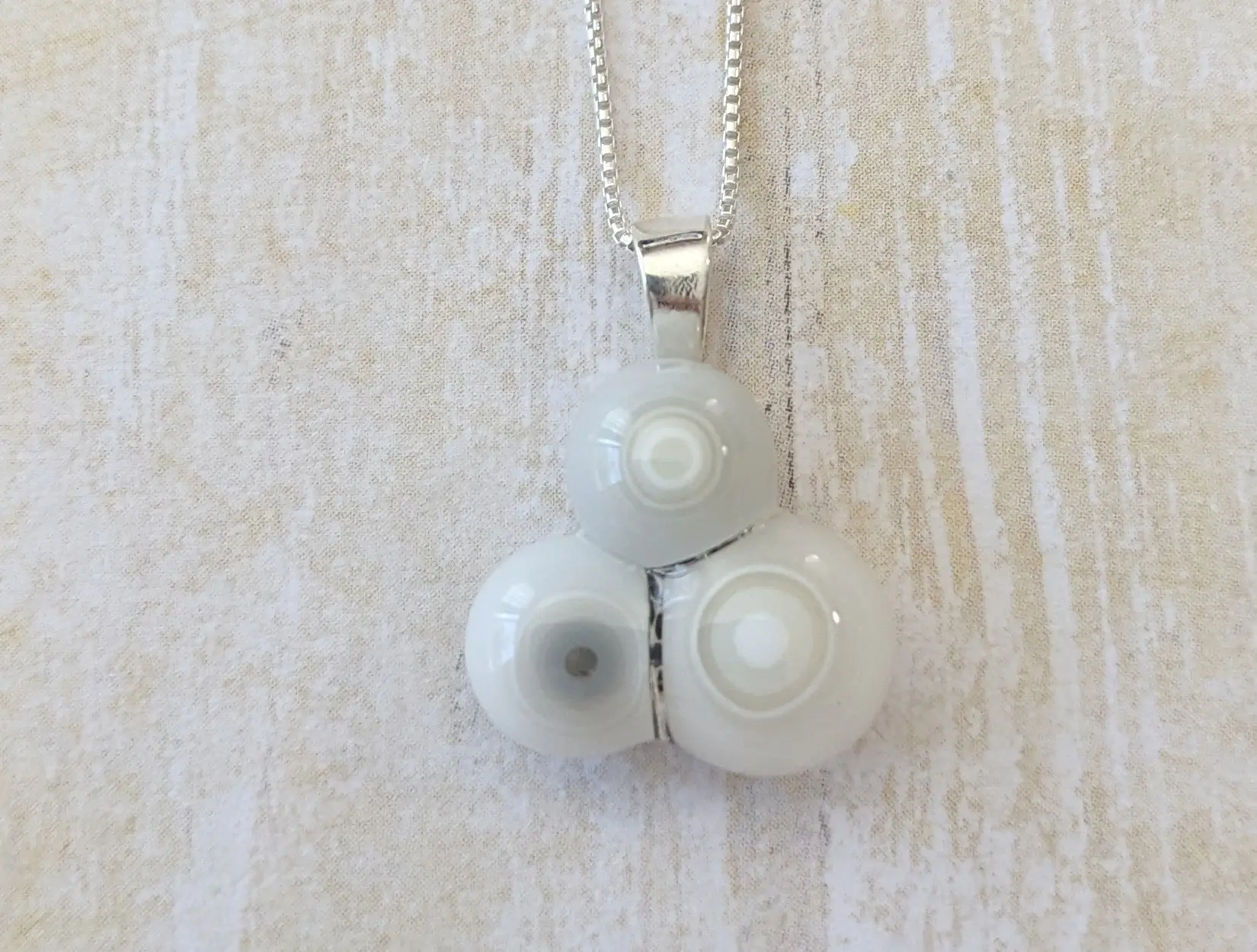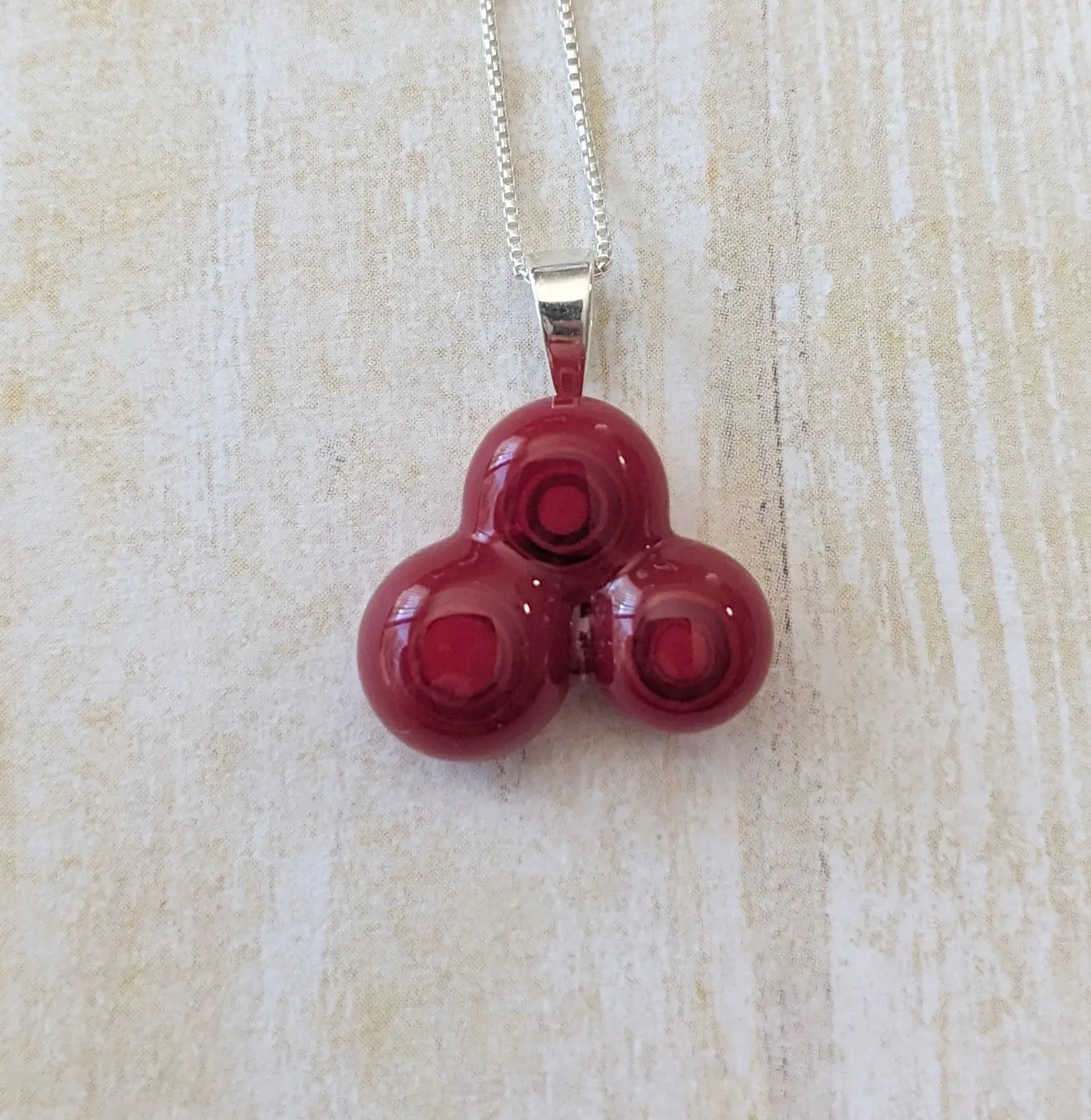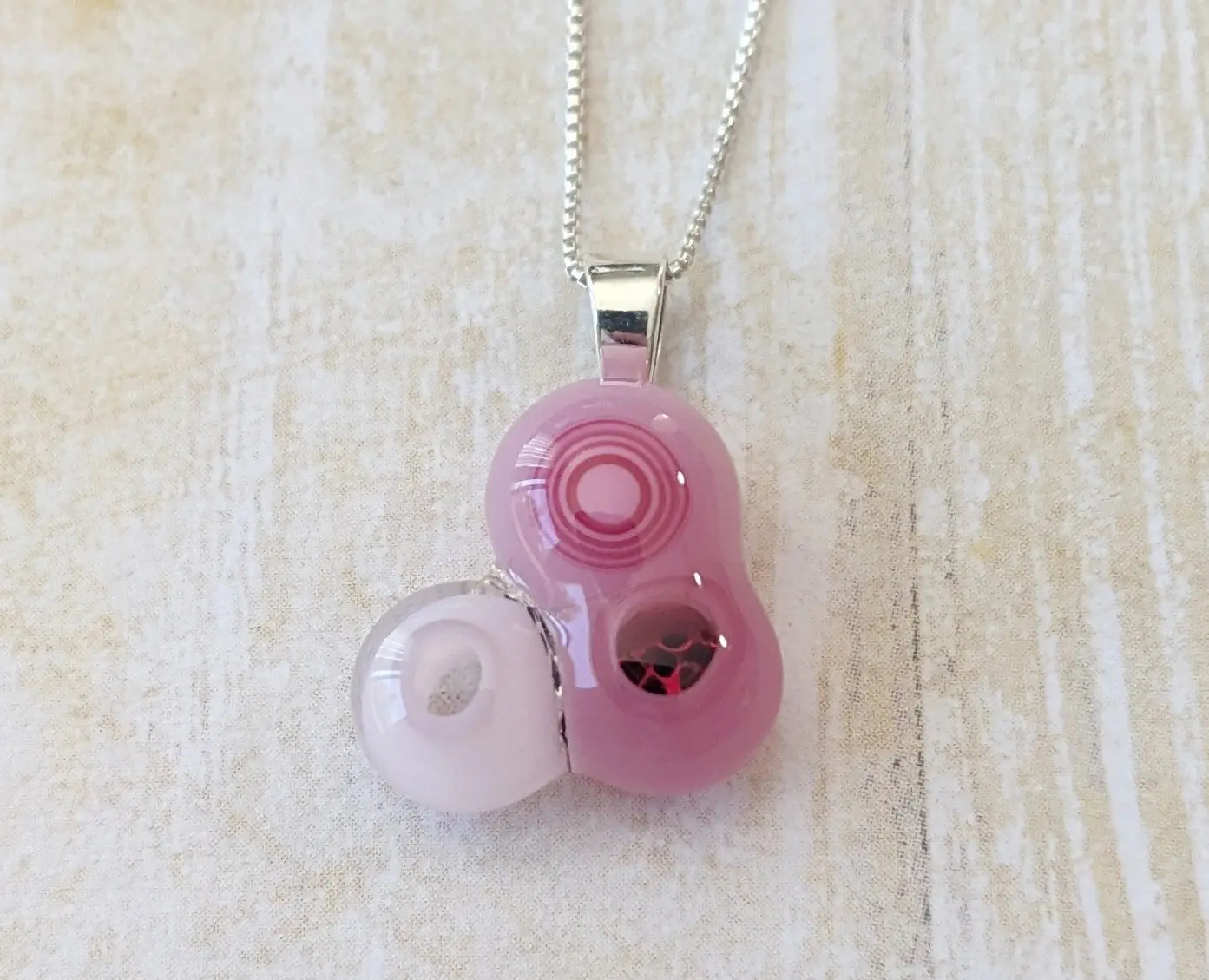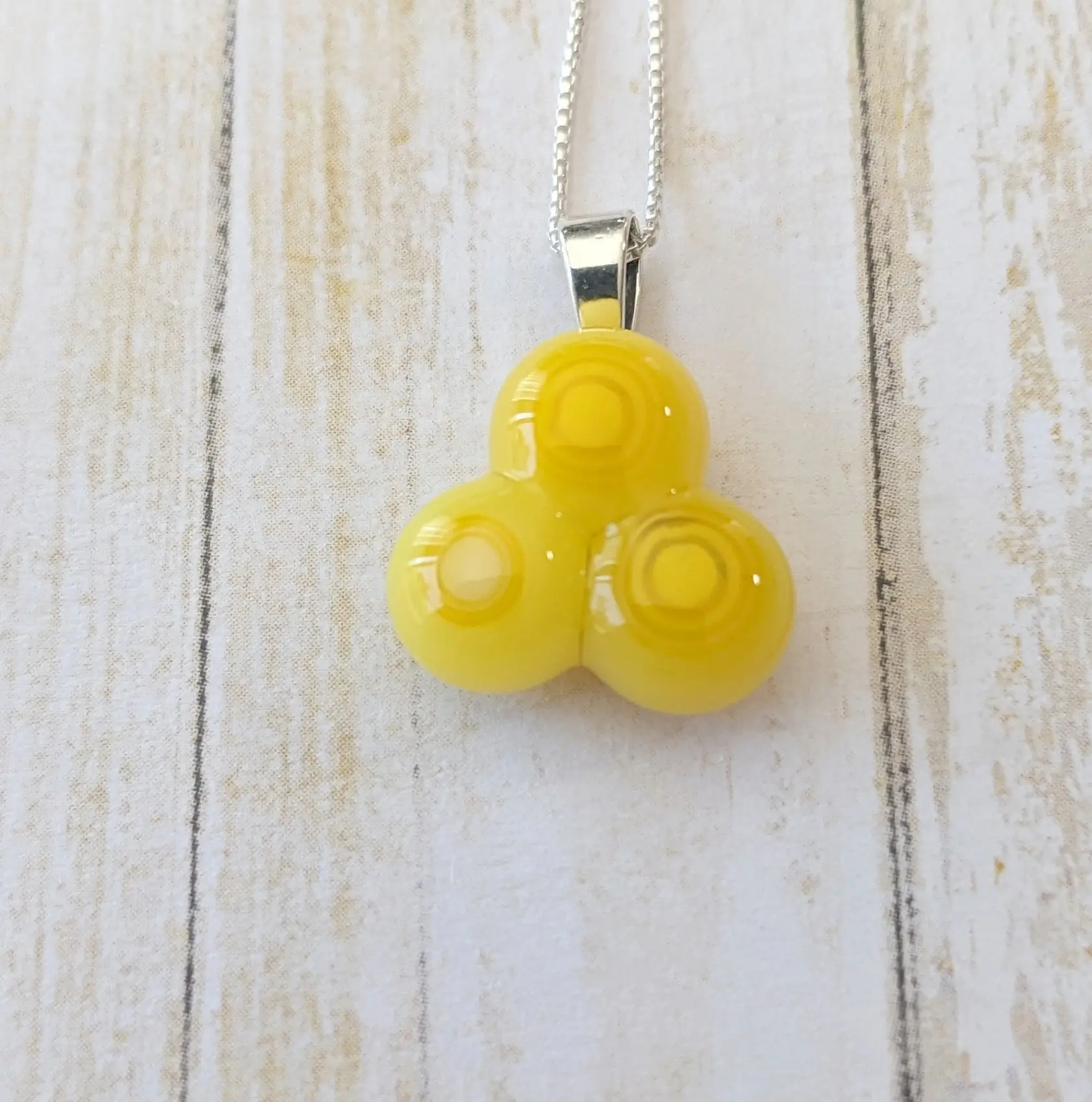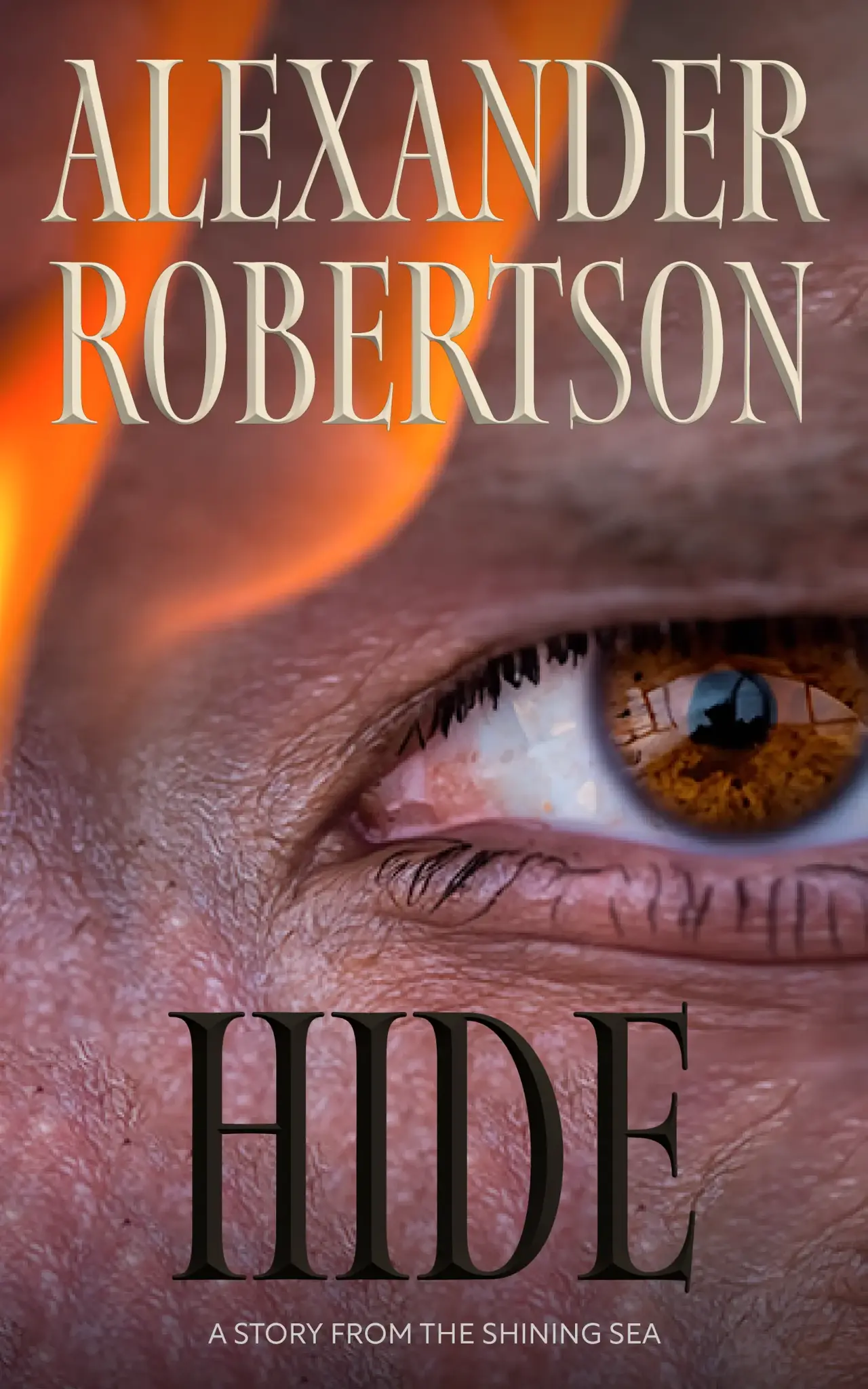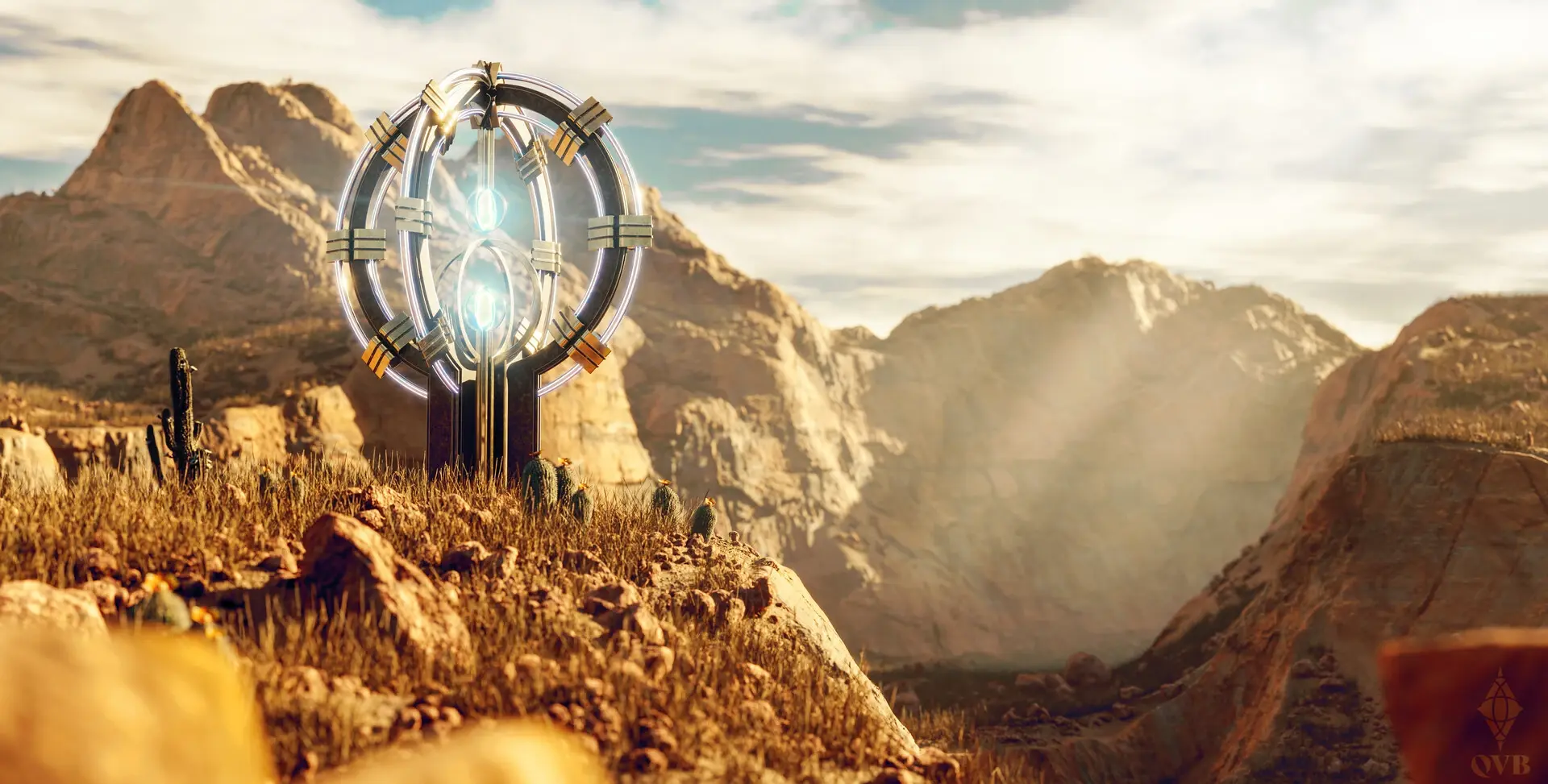AI-driven Denoise helps reduce noise in RAW photos, seamlessly. Improve the quality of your photos by preserving crisp details and removing noise.
I'm getting back into photography after not having the chance to do so this year. It looks like Adobe pushed out a pretty fine-looking update to Lightroom and Lightroom Classic a couple of months ago. If you can look past them calling stuff AI driven and AI powered for the buzz, there's some interesting stuff in here. I've experimented a bit with Enhance Denoise, and it looks pretty cool.
Enhance Denoise comparison

Pictured: A Ruby-crowned Kinglet (Corthylio calendula) perches on a tree branch on a cool Fall’s day, staring down the camera head-on. This picture makes use of Adobe Lightroom's Enhance Denoise feature. A full-size crop is linked to allow for closer inspection.

Pictured: The same picture as previous, except using Adobe Lightroom's conventional denoising tools. This picture also links to its full-size crop for closer inspection.
If you look closely at the pictures in the Lemmy interface, you just might be able to make out the differences between the two. Taking their full-size variants to another tab, however, makes spotting their differences a bit more noticeable.
My first impression is that Enhance Denoise appears to be a substantial improvement over the previous denoising options in Lightroom. I have to go gentle with the usual denoising tools unless I don't mind losing some finer details on a photo, and even then it's not going to always do a meaningful job clearing out the noise and there'll be parts that get overly smoothed out. But Enhance Denoise seems to let me have the cake and eat it too. Picture noise appears to be substantially reduced and the picture seems to maintain sharpness.
:2x sized comparison crop

Pictured: The same picture as previous, with some cropping and resampling. The picture is cropped to the bird's head and doubled in sized to aid in comparisons. This picture makes use of Adobe Lightroom's Enhance Denoise feature.

Pictured: The same picture as the previous. This picture uses Adobe Lightroom's conventional denoising tools.
:
All that said, I feel a little hesitation with me using it. I'm noticing that, particularly on elements that remain well defined through conventional denoising, Enhance Denoise appears to make these elements too sharp. I'm pretty sure this may be counteracted with how I set the picture's sharpening, however. The AI moniker also gives me some hesitation toward AI specific issues. For example: "did those edge feathers really appear that sharp, or is the end result having me misremember it? There's talk of AI having the tendency to hallucinate information depending on how its prompted—how likely is it for the denoising AI to generate all-together the wrong thing while it's trying to denoise, and how much of a pain will that be to spot and correct?"
But then again, the older denoising algorithm has its own similar stack of issues that might make these feel less significant. Likewise: "how much can I denoise this until it's noticeably smooth? What is noticeably smooth, anyway? Was that a patch of noise I just had smoothed out, or was that actually part of a physical texture that was there?" As it so often goes, I think I'm gonna have little choice but to keep experimenting, keep seeing what feels right, and go case-by-case.
-
What do all of you think? Are there any other photographers using Lightroom here that would like to weigh in; any particulars on how you would treat an Enhance Denoise photo to brush up its quirks? Any lay people with their own thoughts of which they think looks better? Do either of the samples stand out as the better?







